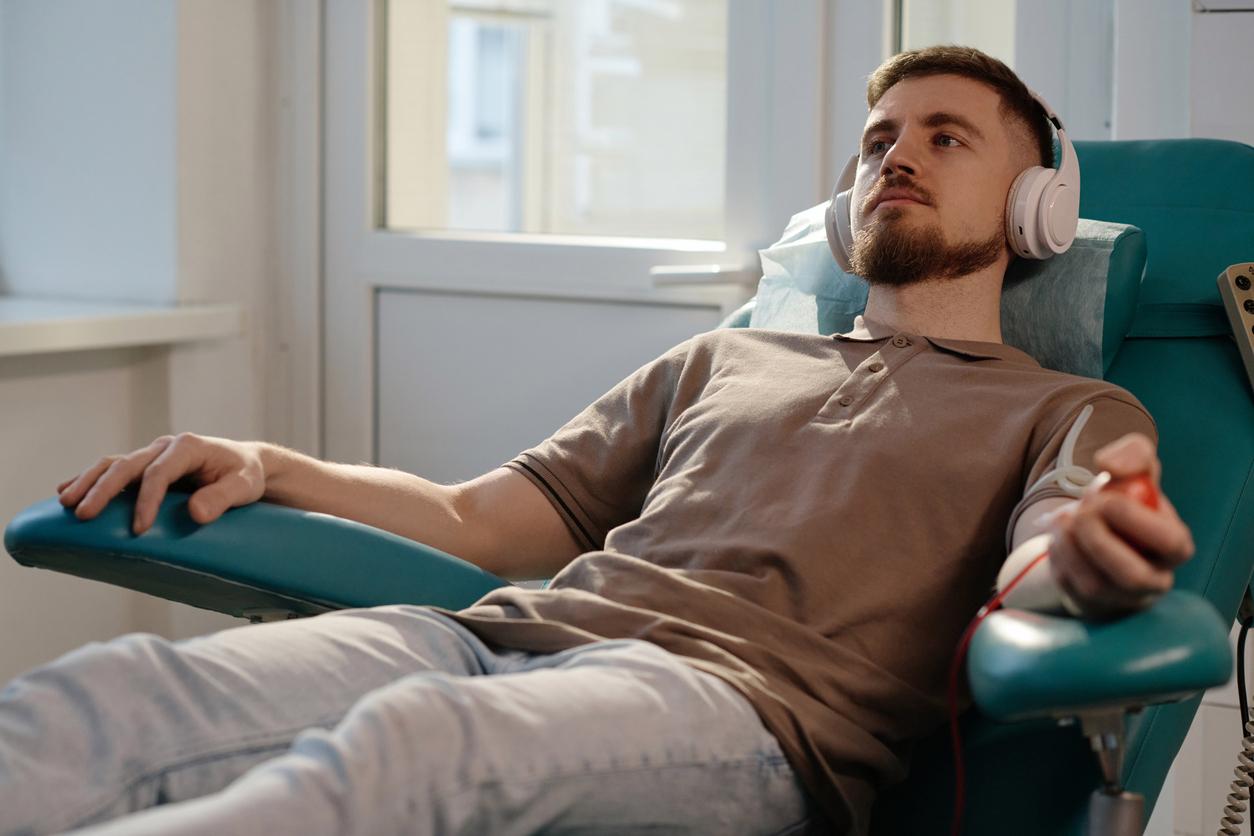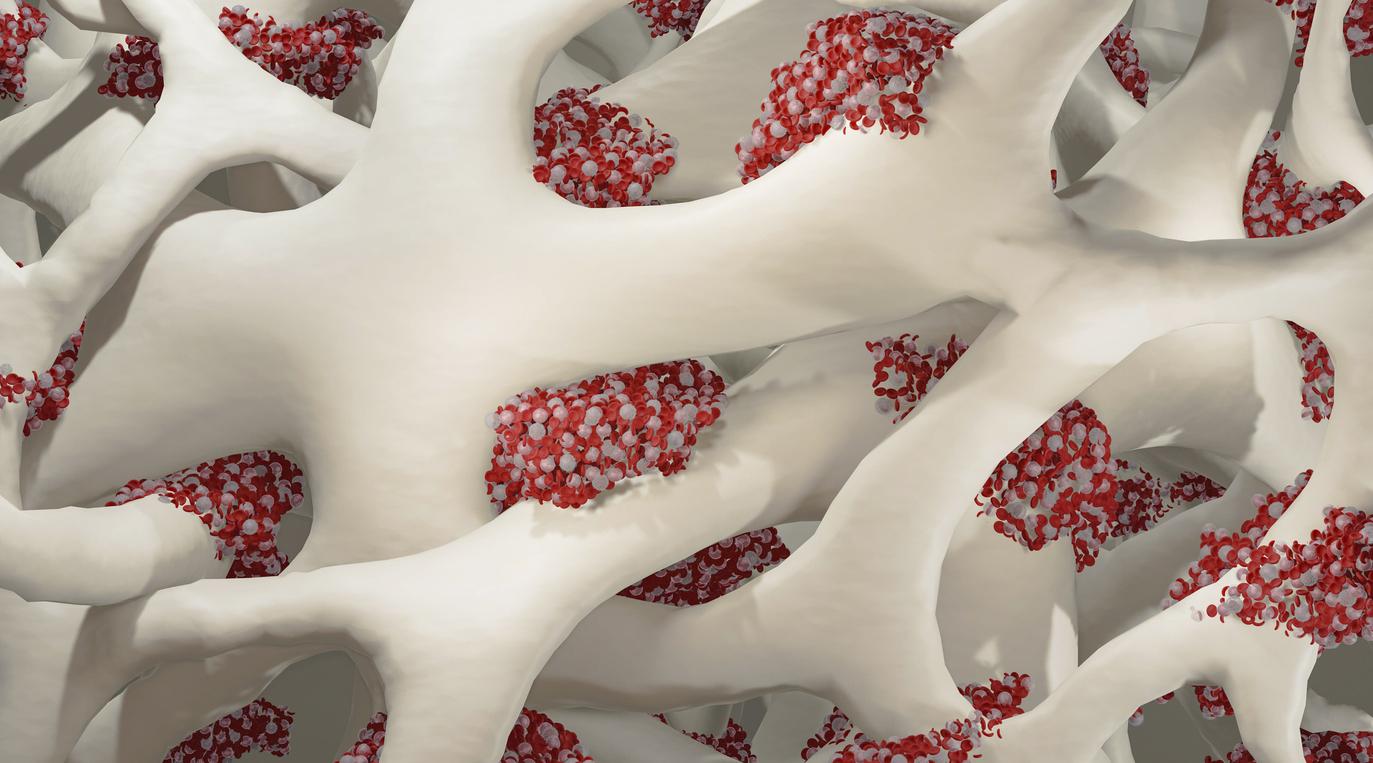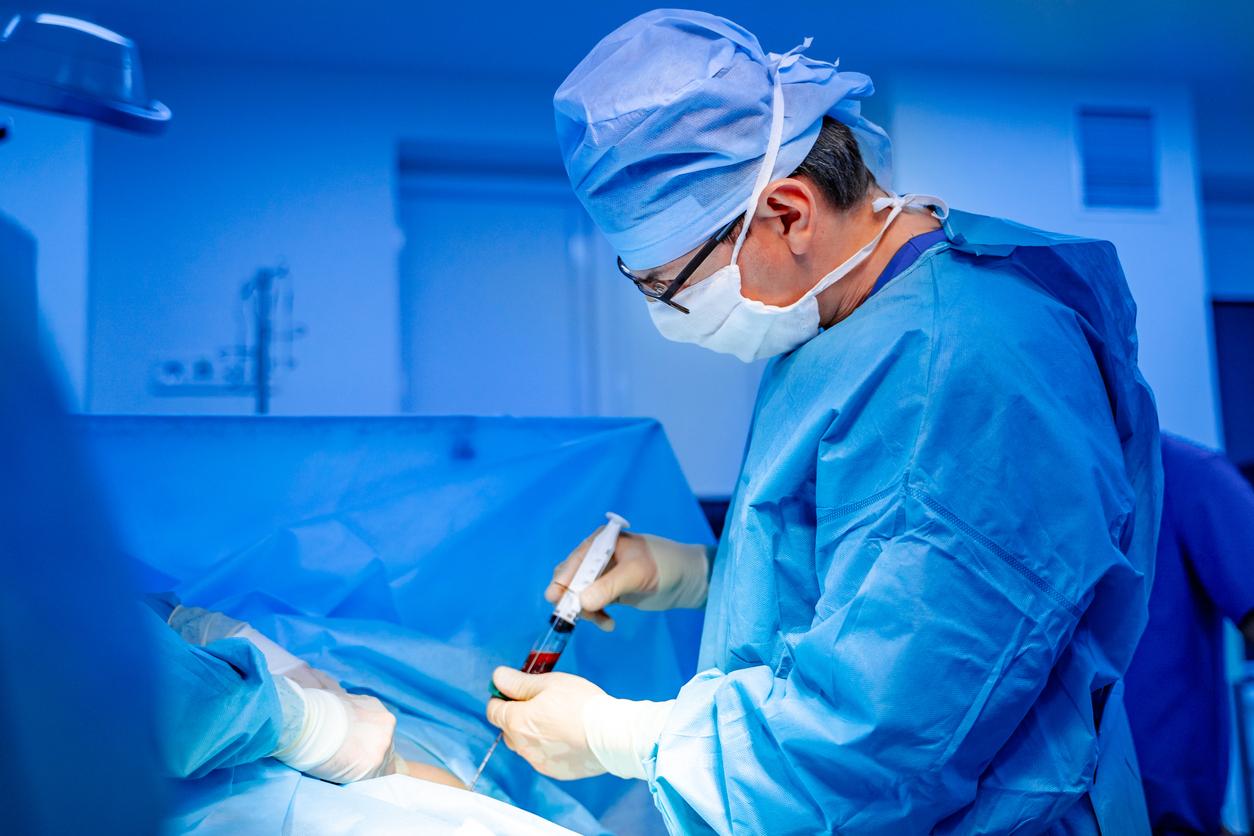On the occasion of World Bone Marrow Donor Day, the Biomedicine Agency is widely inviting the French, and particularly young men, to join the national register to meet the needs of patients.

- 20,000 new voluntary bone marrow donors are needed each year, but this objective is far from being reached by the start of the 2024 school year.
- Although more than 70% of cells transplanted each year come from male donors, the national registry of voluntary bone marrow donors is only 35% male, so it is young men who are most sought after to register on the national registry.
- In 80% of cases, the donation is made by blood sampling. The other method of sampling is done directly from the pelvic bones, under anesthesia, without any risk of paralysis.
“To give hope of recovery to as many sick people as possible, it is urgent to recruit new donors. Donation is based on compatibility between donor and patient, so the French donor register must reflect our population in all its diversity.”, explains theBiomedicine Agency. On this Saturday, September 21, the 10th World Bone Marrow Donor Day, she is appealing to the French, and especially to young men, to join the national registry and thus meet the needs of patients in France and abroad. Bone marrow donations are necessary for people suffering from bone marrow dysfunction, leading to serious blood diseases such as leukemia.Bone marrow transplant is sometimes the last hope of cure for these patients.“, insists the public agency.
20,000 new voluntary donors are needed each year
Every year, 20,000 new “Life Watchers”, i.e. voluntary donors registered in the national register and ready to donate their bone marrow to save patients suffering from serious blood diseases such as leukemia, must join this register. However, “This objective is far from being achieved at the start of the 2024 school year.”.
Bone marrow donation: young men are particularly sought after…
Doctors are mainly looking for men aged 18 to 35 because of immunological factors: “The antibodies developed naturally by women during pregnancy (even if it is not carried to term) complicate the aftermath of the transplant for the recipient.”, explains the Biomedicine Agency.Since men lack these antibodies, their cells increase the chances of a successful transplant.”
Note that women can also be donors, “but taking into account these immunological factors, the preferred profiles are young women“. If you have to be under 35 years old at the time of registration, it is because “Grafts taken from younger people are richer in stem cells, and therefore ideal for faster engraftment for patients”.
The other conditions required to apply to join the register are: to be in perfect health, and to answer a medical questionnaire and take a biological sample (saliva sample or blood test upon final registration) which will determine the biological identity card of the future donor.
…but the national register only has 35% men
Although more than 70% of cells transplanted each year come from male donors, the national registry of voluntary bone marrow donors includes only 35% men.Despite the growing awareness of bone marrow donation, men are timidly taking the plunge“, the agency says. The cause?Questions or preconceived ideas about donation: registration on a register, non-immediate donation, method of collection are all criteria that are still unclear and can hinder men in their decision-making. For example, 43% of the men surveyed think that registration on the register necessarily conditions a donation immediately. Hence the absolute necessity of continuing the educational work around the principles of bone marrow donation.”
How is bone marrow harvested?
“In 80% of cases, the donation is made by blood collection: equivalent to a platelet donation, it lasts between 3 and 4 hours and the donor can occupy himself perfectly by watching a series, listening to music, reading a book.”, details the public agency which adds: “A simple, quick gesture that can save a life!The second method of sampling is done directly from the pelvic bones, under anesthesia (and without any risk of paralysis).
The median time between registration and donation is eight years, but some donors will never be called because they were never identified as a match for a patient.
















